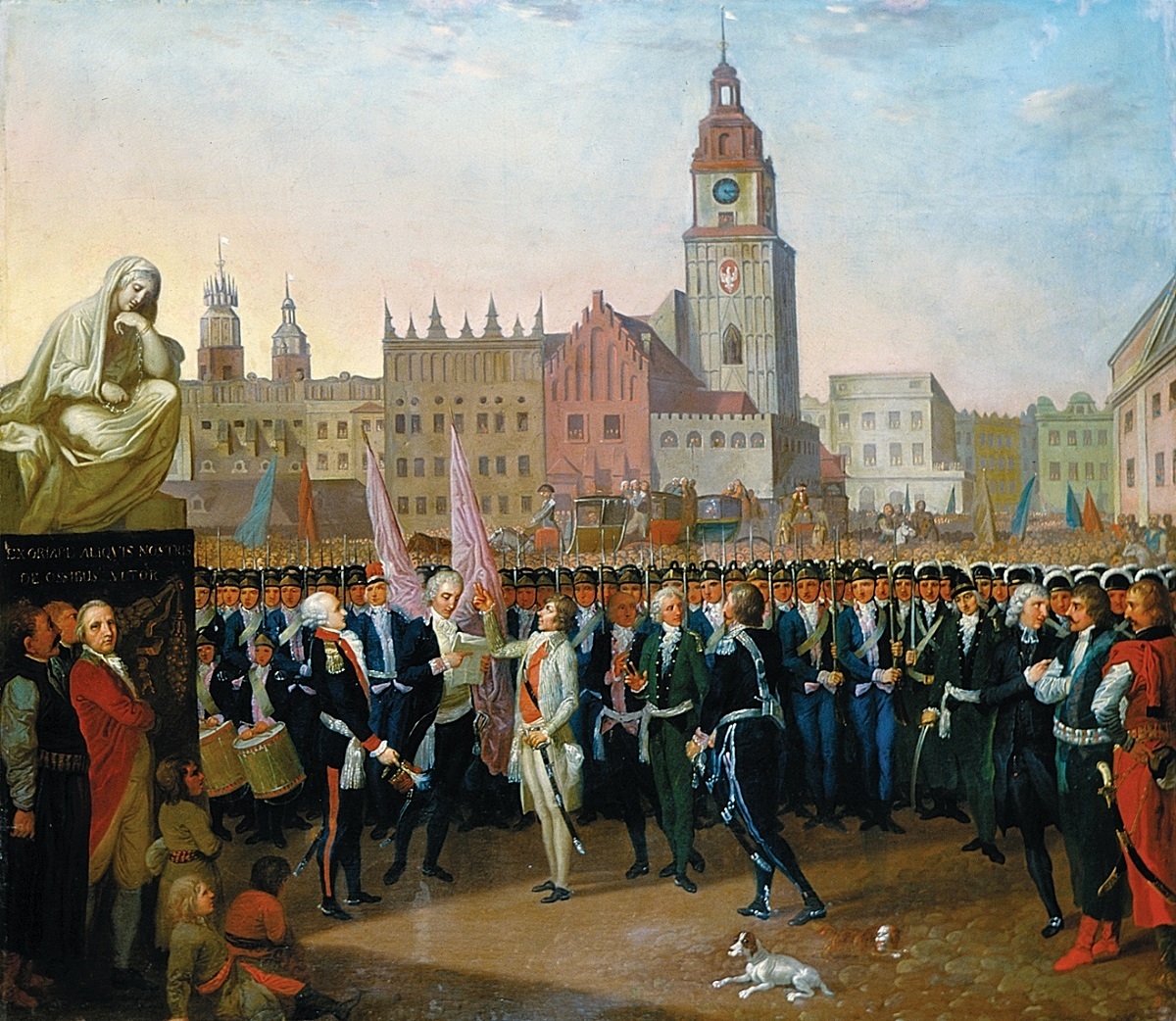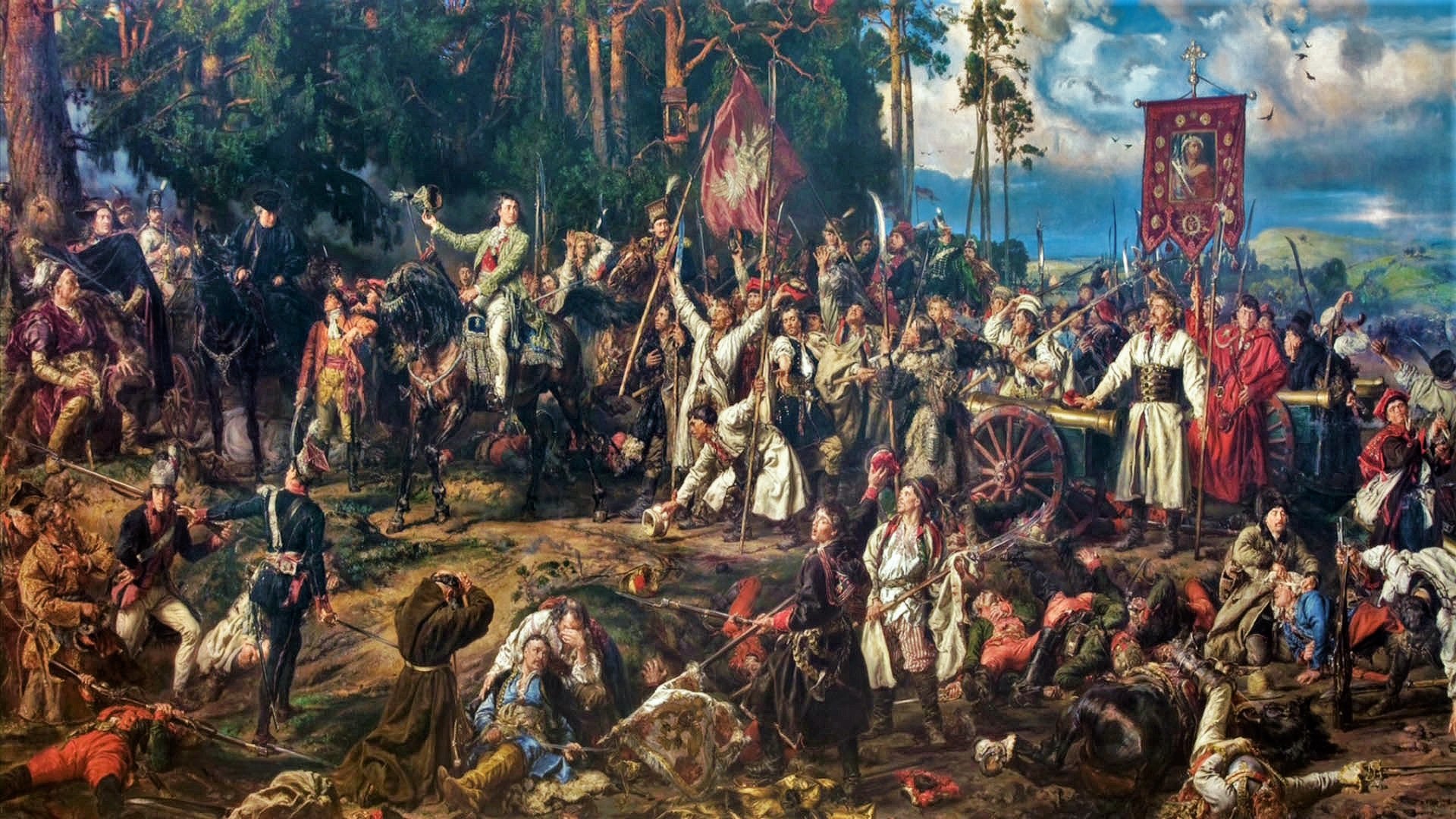|
To Kosciusko
"To Kosciusko" is the name shared by three sonnets written by Samuel Taylor Coleridge, Leigh Hunt, and John Keats. Coleridge's, the original, was written in December 1794 and published in the 16 December 1794 ''Morning Chronicle'' as the fifth of his ''Sonnets on Eminent Characters'' series. Hunt and Keats were inspired to follow his poem with their own versions (under the same title) in November 1815 and December 1816, respectively. The sonnets were dedicated to heroism of Tadeusz Kościuszko Andrzej Tadeusz Bonawentura Kościuszko ( be, Andréj Tadévuš Banavientúra Kasciúška, en, Andrew Thaddeus Bonaventure Kosciuszko; 4 or 12 February 174615 October 1817) was a Polish Military engineering, military engineer, statesman, an ..., leader of the 1794 Polish rebellion against Prussian and Russian control. Background Towards the end of 1794, Coleridge began writing a series of sonnets called ''Sonnets on Eminent Characters''. The first sonnet, "To Erskine", was printed ... [...More Info...] [...Related Items...] OR: [Wikipedia] [Google] [Baidu] |
Tadeusz Kościuszko
Andrzej Tadeusz Bonawentura Kościuszko ( be, Andréj Tadévuš Banavientúra Kasciúška, en, Andrew Thaddeus Bonaventure Kosciuszko; 4 or 12 February 174615 October 1817) was a Polish Military engineering, military engineer, statesman, and military leader who became a national hero in Belarus, France, Lithuania, Poland and the United States. He fought in the Polish–Lithuanian Commonwealth's struggles against Russian Empire, Russia and Kingdom of Prussia, Prussia, and on the US side in the American Revolutionary War. As Supreme Commander of the Polish National Armed Forces, he led the 1794 Kościuszko Uprising. Kościuszko was born in February 1746, in a manor house on the Mieračoŭščyna, Mereczowszczyzna estate in Brest Litovsk Voivodeship, then Grand Duchy of Lithuania, a part of the Polish–Lithuanian Commonwealth (now Ivatsevichy District of Belarus). At age 20, he graduated from the Corps of Cadets (Warsaw), Corps of Cadets in Warsaw, Poland. After the start of t ... [...More Info...] [...Related Items...] OR: [Wikipedia] [Google] [Baidu] |
Sonnet
A sonnet is a poetic form that originated in the poetry composed at the Court of the Holy Roman Emperor Frederick II in the Sicilian city of Palermo. The 13th-century poet and notary Giacomo da Lentini is credited with the sonnet's invention, and the Sicilian School of poets who surrounded him then spread the form to the mainland. The earliest sonnets, however, no longer survive in the original Sicilian language, but only after being translated into Tuscan dialect. The term "sonnet" is derived from the Italian word ''sonetto'' (lit. "little song", derived from the Latin word ''sonus'', meaning a sound). By the 13th century it signified a poem of fourteen lines that followed a strict rhyme scheme and structure. According to Christopher Blum, during the Renaissance, the sonnet became the "choice mode of expressing romantic love". During that period, too, the form was taken up in many other European language areas and eventually any subject was considered acceptable for writers o ... [...More Info...] [...Related Items...] OR: [Wikipedia] [Google] [Baidu] |
Samuel Taylor Coleridge
Samuel Taylor Coleridge (; 21 October 177225 July 1834) was an English poet, literary critic, philosopher, and theologian who, with his friend William Wordsworth, was a founder of the Romantic Movement in England and a member of the Lake Poets. He also shared volumes and collaborated with Charles Lamb, Robert Southey, and Charles Lloyd. He wrote the poems ''The Rime of the Ancient Mariner'' and ''Kubla Khan'', as well as the major prose work ''Biographia Literaria''. His critical work, especially on William Shakespeare, was highly influential, and he helped introduce German idealist philosophy to English-speaking cultures. Coleridge coined many familiar words and phrases, including "suspension of disbelief". He had a major influence on Ralph Waldo Emerson and American transcendentalism. Throughout his adult life, Coleridge had crippling bouts of anxiety and depression; it has been speculated that he had bipolar disorder, which had not been defined during his lifetime.Jamis ... [...More Info...] [...Related Items...] OR: [Wikipedia] [Google] [Baidu] |
James Henry Leigh Hunt
James Henry Leigh Hunt (19 October 178428 August 1859), best known as Leigh Hunt, was an English critic, essayist and poet. Hunt co-founded '' The Examiner'', a leading intellectual journal expounding radical principles. He was the centre of the Hampstead-based group that included William Hazlitt and Charles Lamb, known as the "Hunt circle". Hunt also introduced John Keats, Percy Bysshe Shelley, Robert Browning and Alfred Tennyson to the public. Hunt's presence at Shelley's funeral on the beach near Viareggio was immortalised in the painting by Louis Édouard Fournier. Hunt inspired aspects of the Harold Skimpole character in Charles Dickens' novel ''Bleak House''. Early life James Henry Leigh Hunt was born 19 October 1784, at Southgate, London, where his parents had settled after leaving the United States. His father, Isaac, a lawyer from Philadelphia, and his mother, Mary Shewell, a merchant's daughter and a devout Quaker, had been forced to come to Britain becau ... [...More Info...] [...Related Items...] OR: [Wikipedia] [Google] [Baidu] |
John Keats
John Keats (31 October 1795 – 23 February 1821) was an English poet of the second generation of Romantic poets, with Lord Byron and Percy Bysshe Shelley. His poems had been in publication for less than four years when he died of tuberculosis at the age of 25. They were indifferently received in his lifetime, but his fame grew rapidly after his death. By the end of the century, he was placed in the canon of English literature, strongly influencing many writers of the Pre-Raphaelite Brotherhood; the ''Encyclopædia Britannica'' of 1888 called one ode "one of the final masterpieces". Jorge Luis Borges named his first encounter with Keats an experience he felt all his life. Keats had a style "heavily loaded with sensualities", notably in the series of odes. Typically of the Romantics, he accentuated extreme emotion through natural imagery. Today his poems and letters remain among the most popular and analysed in English literature – in particular "Ode to a Nightingale", "Od ... [...More Info...] [...Related Items...] OR: [Wikipedia] [Google] [Baidu] |
Morning Chronicle
''The Morning Chronicle'' was a newspaper founded in 1769 in London. It was notable for having been the first steady employer of essayist William Hazlitt as a political reporter and the first steady employer of Charles Dickens as a journalist. It was the first newspaper to employ a salaried woman journalist Eliza Lynn Linton; for publishing the articles by Henry Mayhew that were collected and published in book format in 1851 as ''London Labour and the London Poor''; and for publishing other major writers, such as John Stuart Mill. The newspaper published under various owners until 1862, when its publication was suspended, with two subsequent attempts at continued publication. From 28 June 1769 to March 1789 it was published under the name ''The Morning Chronicle, and London Advertiser''. From 1789 to its final publication in 1865, it was published under the name ''The Morning Chronicle''. Founding The ''Morning Chronicle and London Advertiser'' was founded in 1769 by William Woo ... [...More Info...] [...Related Items...] OR: [Wikipedia] [Google] [Baidu] |
Sonnets On Eminent Characters
''Sonnets on Eminent Characters'' or ''Sonnets on Eminent Contemporaries'' is an 11-part sonnet series created by Samuel Taylor Coleridge and printed in the ''Morning Chronicle'' between 1 December 1794 and 31 January 1795. Although Coleridge promised to have at least 16 poems within the series, only one addition poem, "To Lord Stanhope", was published. The poems have been moderately received and emphasized for what they reveal about Coleridge's political and philosophical feelings during his early years. Within the poems, he praises 10 individuals that he treats as his heroes along and denounces two people that he feels have turned against their country and liberty. The sonnet series has been compared to John Milton's addressing of sonnets to his own contemporaries in both the types of individuals chosen and the style of composition. Background When "To Erskine" was published in the 1 December 1794 ''Morning Chronicle'', a note addressed to the editor was printed before it and re ... [...More Info...] [...Related Items...] OR: [Wikipedia] [Google] [Baidu] |
Kościuszko Uprising
The Kościuszko Uprising, also known as the Polish Uprising of 1794 and the Second Polish War, was an uprising against the Russian Empire and the Kingdom of Prussia led by Tadeusz Kościuszko in the Polish–Lithuanian Commonwealth and the Prussian partition in 1794. It was a failed attempt to liberate the Polish–Lithuanian Commonwealth from external influence after the Second Partition of Poland (1793) and the creation of the Targowica Confederation. Background Decline of the Commonwealth By the early 18th century, the magnates of Poland and Lithuania controlled the state – or rather, they managed to ensure that no reforms would be carried out that might weaken their privileged status (the "Golden Freedoms"). Through the abuse of the '' liberum veto'' rule which enabled any deputy to paralyze the Sejm (Commonwealth's parliament) proceedings, deputies bribed by magnates or foreign powers or those simply content to believe they were living in an unprecedented "Go ... [...More Info...] [...Related Items...] OR: [Wikipedia] [Google] [Baidu] |
1794 Poems
Events January–March * January 1 – The Stibo Group is founded by Niels Lund as a printing company in Aarhus (Denmark). * January 13 – The U.S. Congress enacts a law providing for, effective May 1, 1795, a United States flag of 15 stars and 15 stripes, in recognition of the recent admission of Vermont and Kentucky as the 14th and 15th states. A subsequent act restores the number of stripes to 13, but provides for additional stars upon the admission of each additional state. * January 21 – King George III of Great Britain delivers the speech opening Parliament and recommends a continuation of Britain's war with France. * February 4 – French Revolution: The National Convention of the French First Republic abolishes slavery. * February 8 – Wreck of the Ten Sail on Grand Cayman. * February 11 – The first session of the United States Senate is open to the public. * March 4 – The Eleventh Amendment to the United States Constitu ... [...More Info...] [...Related Items...] OR: [Wikipedia] [Google] [Baidu] |
Poetry By John Keats
Poetry (derived from the Greek language, Greek ''poiesis'', "making"), also called verse, is a form of literature that uses aesthetics, aesthetic and often rhythmic qualities of language − such as phonaesthetics, sound symbolism, and metre (poetry), metre − to evoke meanings in addition to, or in place of, a prosaic ostensible meaning (linguistics), meaning. A poem is a Composition (language), literary composition, written by a poet, using this principle. Poetry has a long and varied history of poetry, history, evolving differentially across the globe. It dates back at least to prehistoric times with hunting poetry in Africa and to panegyric and elegiac court poetry of the empires of the Nile, Niger River, Niger, and Volta River valleys. Some of the earliest written poetry in Africa occurs among the Pyramid Texts written during the 25th century BCE. The earliest surviving Western Asian epic poetry, the ''Epic of Gilgamesh'', was written in Sumerian language, Sumerian. E ... [...More Info...] [...Related Items...] OR: [Wikipedia] [Google] [Baidu] |

%2C_Portrait_miniature%2C1809.jpg)




.jpg)